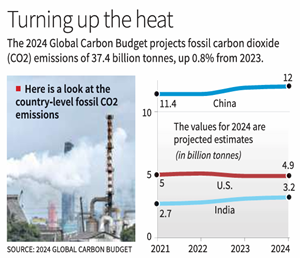- The India-Middle East-Europe Corridor (IMEC) was announced during the G20 New Delhi Summit in 2023 to revolutionize international maritime trade by reducing transit time and costs.
- Signatories: India, the US, Saudi Arabia, UAE, the European Union, Italy, France, and Germany.

Eastern Corridor:
- It links India with the Arabian Gulf. It features railroads, ship-to-rail networks, and road transport routes.
- Strong progress due to robust economic ties between India and UAE.
- Bilateral trade grew significantly post-CEPA, reaching $83.64 billion in 2023-24.
- Focus on diversification with growing non-oil trade.
Northern Corridor:
- It connects the Gulf region to Europe. This incorporates similar transportation infrastructure, including rail, ship-to-rail links, and road networks.
- Progress stalled due to the Israel-Palestine conflict affecting regional stability.
- Key stakeholders like Saudi Arabia and Jordan face delays in project implementation.
| Partnership for Global Infrastructure Investment (PGII) The PGII was launched in 2022 G7 Summit in Germany to address infrastructure gaps in developing countries through joint effort of public and private investment, countering China’s Belt and Road Initiative (BRI). Initially announced in June 2021 at the G7 Summit in the UK as the Build Back Better World (B3W) framework. It aims is to mobilize $600 billion by 2027 from G7 countries for Global South and promoting sustainable development Focus on roads, ports, bridges, and communication systems. |
Dig Deeper: Read about India’s initiative in the West Asia for infrastructure development.



